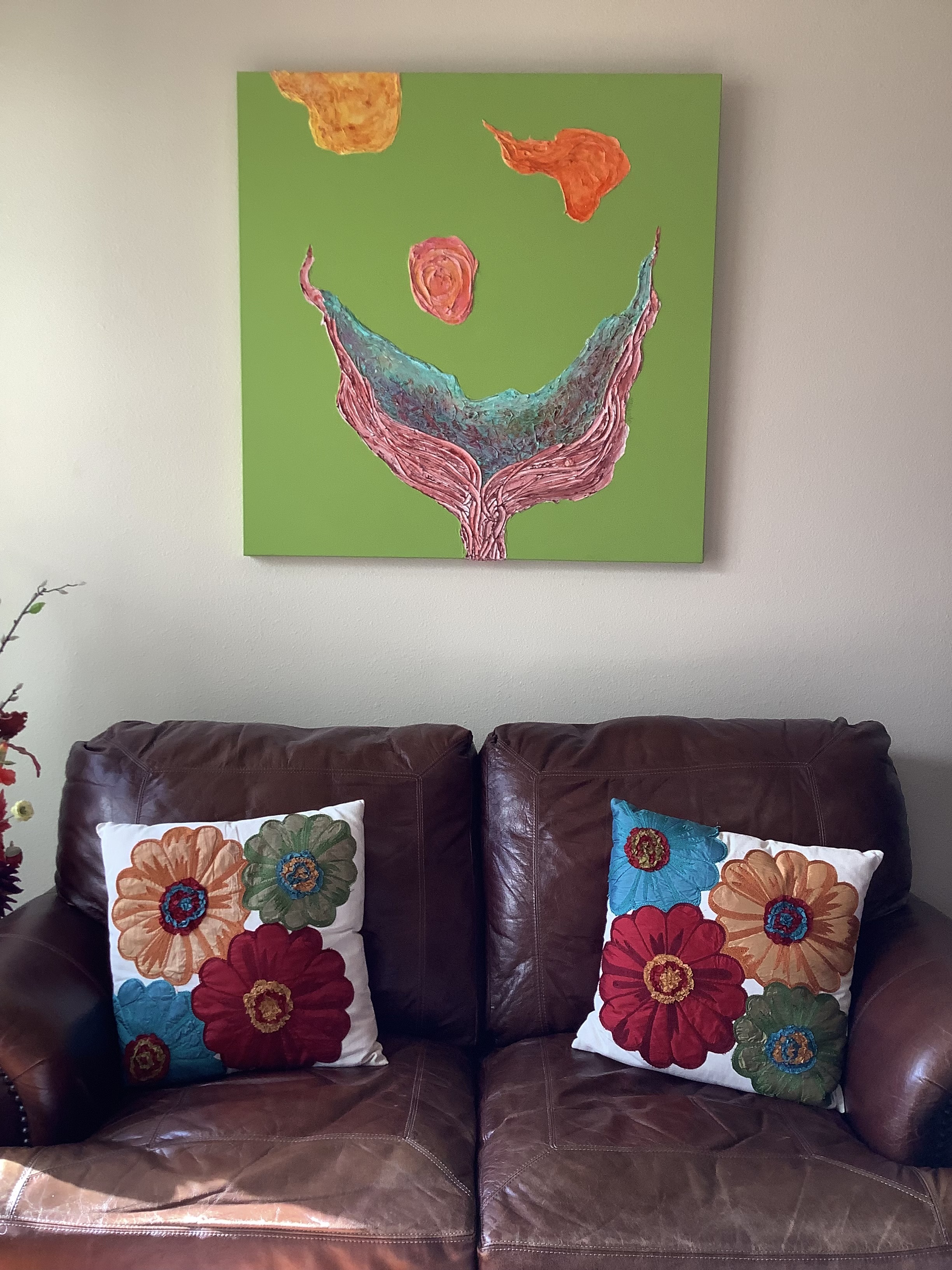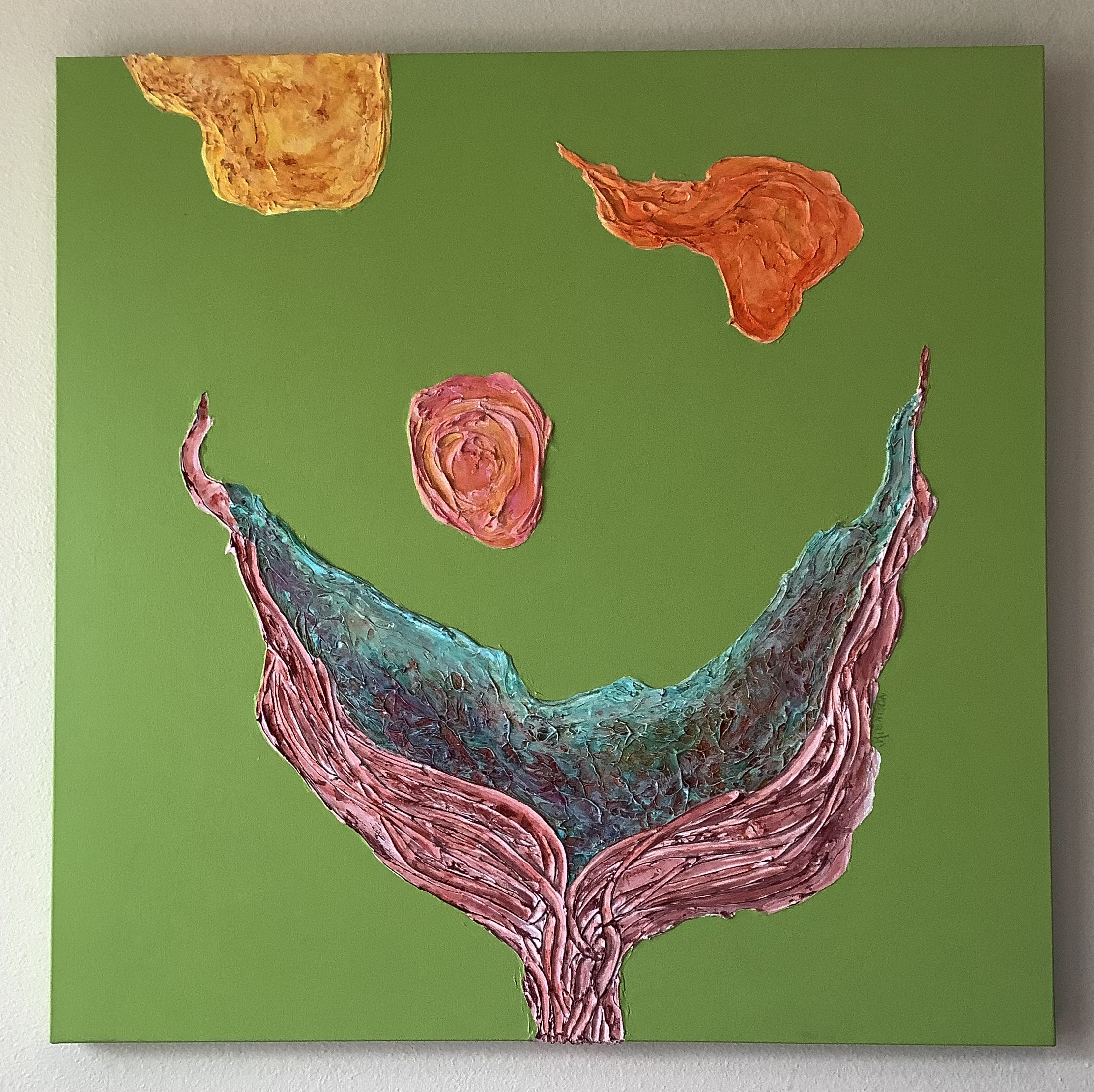The Language of Subjective Art

Hello. I am an artist living my infinite nowness on this planet called earth. The particular language of art I create is known as Subjective Art. There are several specific names given to visual artistic expressions. The most obvious is called Objective Art or Representational Art. This is a work of art depicting only what the physical senses can be aware of as a tangible reality. Another artistic expression is known as Abstract art, this includes shapes, textures, lines, spaces and dots used in the process of painting a landscape or an object.
Both objective and abstract artistic expressions are wonderful languages that we can engage in, however I have found that Subjective Art is the language that I most love to speak. I have discovered recently that this is a dialect that I have consistently spoken throughout my artistic career, yet never been able to specifically name. The following article is an example of how subjective art affects a creative artist :


This image on the left is one of the walls a visitor would see as they entered my home. Just a couch and a painting. When they come in, this painting is often overlooked. There is rarely a comment made and if there happens to be one, many will declare that they are seeing a picture of a whales tail. When looking at subjective arts, there are many interpretations that can be see by different people. Just like how each tail of a whale is unique, acting as a finger print for each whale, so does every person have their own viewpoint. However, as a subjective artist, my perception of the painting is not of a whales tail. Let me explain to you the tale of this painting as seen through the eyes of a subjective artist.
What I feel when I see this painting, is an embrace of love opening up to their loved ones. Like one who nurtures, I see the larger shape opening up a home and a safe place for the smaller shapes. She releases them to explore their own experiences of the world and yet is always a place for them to come back and seek refuge. The stability of the bottom shape remains open to include again the other shapes, should they wish to return. Each smaller shape is unique, with its own purpose, potential and possibilities. As these go off into experiences, the bottom shape remains planted and stable, supporting their goals and aspirations. The larger shape represents the infinite acceptance of being able to recognize and enable the smaller shapes to reach their full potential without boundaries or limitations. Children can return and experience comfortable places, and past purposes that were met. The smaller shapes emerge in their own structures, not looking like the bottom shape, but evolving into their own individual selfhood. This is my perspective relating to this subjective artwork.
As a subjective artist, I see this depth of meaning to this artwork, which shows me how to BE and not just how to ACT. The knowledge that I have on subjective art is not telling me how I should perceive what is around me, but it is reinforcing how I already do perceive the world as a subjective artist.
My paintings are hanging in the gallery.
You can visit the gallery to get more information and to see more pieces of my work.
To see more you can visit my artist's page on Fine Art America.